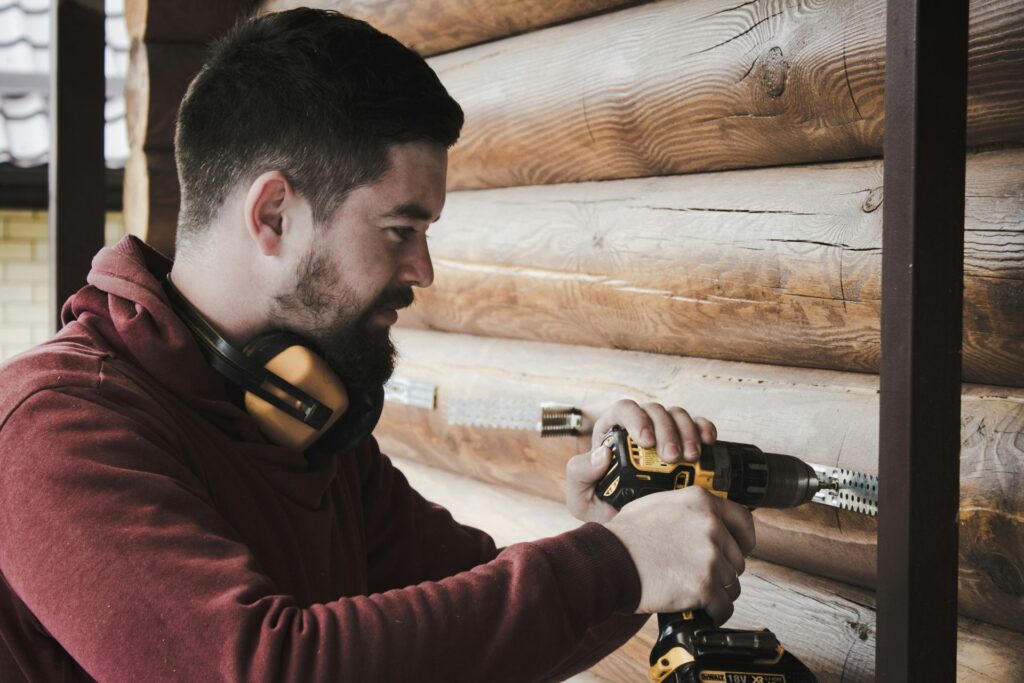
We are reader-supported. When you buy through links on our site, we may earn an affiliate commission.
With climate change deadlines looming, everyone is looking for ways to reduce their carbon footprint. That trend impacts every single industry, from retail and food production to construction. Renewable materials in construction are trending. But they’re still working their way into the mainstream.
What Are Renewable Materials?
Renewable building supplies can fall into two possible categories — recyclable or rapidly renewable. We’re all fairly familiar with the concept of recycling. But many people miss that most of our traditional building materials are recyclable, either partially or in their entirety.
Things like concrete and asphalt get broken down into small pieces for use as aggregate in new pours of both materials. Metal, plastic and glass all get recycled entirely, with little or no waste. Recycling one ton of scrap steel prevents 4.3 tons of CO2 from contributing to climate change.
The other option is to start investing in rapidly renewable materials. These more sustainable options regenerate in 10 years or less. Popular materials like oak take anywhere from 40-80 years to reach maturity. Materials like bamboo and cork are ready to harvest in less than a decade.
It also includes items sourced from things like agricultural waste. This can consist of materials left over from harvesting things like wheat, sugarcane and coconuts.
The Most Eco-Friendly Building Materials
With everyone focusing on reducing their carbon footprint, what are the most eco-friendly building materials currently available for construction professionals?
Bamboo
Bamboo is one of the fastest-growing building materials on the planet. While a field of trees takes decades to harvest, bamboo grows incredibly fast. Some species can grow more than 3 feet in 24 hours. People have to harvest and then replant timber. On the other hand, bamboo can continue to grow. This trait eliminates waste and makes the most of cultivated land.
Cork
Cork is another natural, infinitely sustainable material. You don’t have to cut down a tree to harvest cork. Simply collect the bark from the living tree, which will grow back in time. Its ability to absorb both sound and impact makes it a popular choice for floor tiles and soundproofing.
Recycled Materials
Using recycled materials in your projects can help reduce both costs and carbon footprints. When demolishing buildings, instead of hauling the components off to a landfill, consider reprocessing them. This reduces the amount of CO2 and other greenhouse gases released during production and construction.
Sheep’s Wool
When we hear sheep’s wool, we usually picture comfy sweaters and warm, fuzzy blankets. Yet many are beginning to use this nearly infinite renewable resource as a type of home insulation. Sheep need shearing at least once a year, and their wool — while it is a little more expensive — creates a renewable and eco-friendly form of insulation.
Precast Concrete
Instead of the traditional method of pouring concrete in place, switch to precast concrete. Precast options get poured and cured in a climate-controlled factory. This method eliminates costly weather delays. It also reduces expenses and limits the amount of time you need to spend on-site. Precast concrete forms are becoming increasingly popular as a renewable and eco-friendly construction option.
Plant-Based Plastics
Rigid polyurethane foam is a common material used for insulating and reinforcing home and building construction. But humans cannot recycle it in its traditional form. It’s also not recyclable in its traditional form.
The renewable solution is to switch to plant-based polyurethane. It provides the same sort of rigid insulation as the original, but it’s made from things like hemp, bamboo or even kelp. These plants grow quickly and are much more renewable than the petroleum we use for the more traditional version.
New Construction Embraces Renewable Materials
The construction industry will continue to shape cities and suburbs for decades to come. The biggest change we can make for the future is to use renewable construction materials.
People will always need new homes and buildings. But they also want to reduce their impact on the world around them. Switching to these renewable materials can help make the entire construction industry more sustainable.










